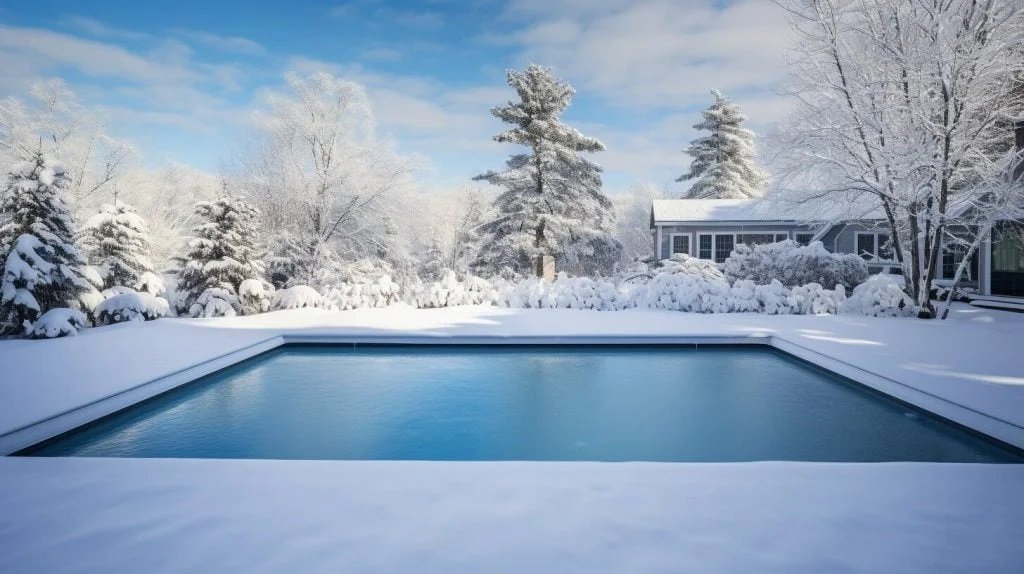
How To Prep Your Pool for a Freeze
The good news is that pools in the greater Houston area don’t need to be fully winterized each year - freezing temperatures are rare, and when they happen, they don’t usually linger. But, there are a few things to keep in mind for when we do hit those occasional freezing periods.
Your pool equipment comes with automatic freeze protection. As long as your pool equipment remains on, the controller circuit board automatically senses the ambient air temperature. When the air temperature approaches freezing, the bypass gate overrides any programs and closes to keep water circulating through the heat exchanger and avoid freezing.
Here are some extra steps you can take to protect your pool and pool equipment in a freeze:
-
Safety First
Safety for people and pets should always come before pool equipment protection.
ICE: It doesn’t take long for any water on your pool deck to freeze into ice when temperatures fall below freezing. NEVER go out by your pool alone in freezing temperatures. Have someone with you to help in case you slip and fall. Same goes for pets - watch them closely if they go outside during a freeze near the pool.
-
Protect Your Pipes
Help prevent pool pipes from freezing by properly insulating the pool plumbing. This involves wrapping the pipes with insulation sleeves or foam to help retain heat and prevent the water from freezing. If you don’t have insulation sleeves or foam, towels and blankets are also very effective for wrapping pipes.
-
If You Lose Power
If you lose power during a prolonged freeze, you should empty all of your equipment of water so it doesn’t freeze inside. To do this, first kill the power at the breaker box. Next, locate the plugs and unscrew them. You’re going to want to find these plugs on any pumps you might have, your heater booster pump, or anywhere where you see these small plugs. Unscrew all plugs to allow water to exit. Water won’t fully drain until you relieve pressure from the system so, next you need to open up the air relief valve. Once it’s open, water will start draining out of the plug holes. Leave them open so that water can fully drain.


